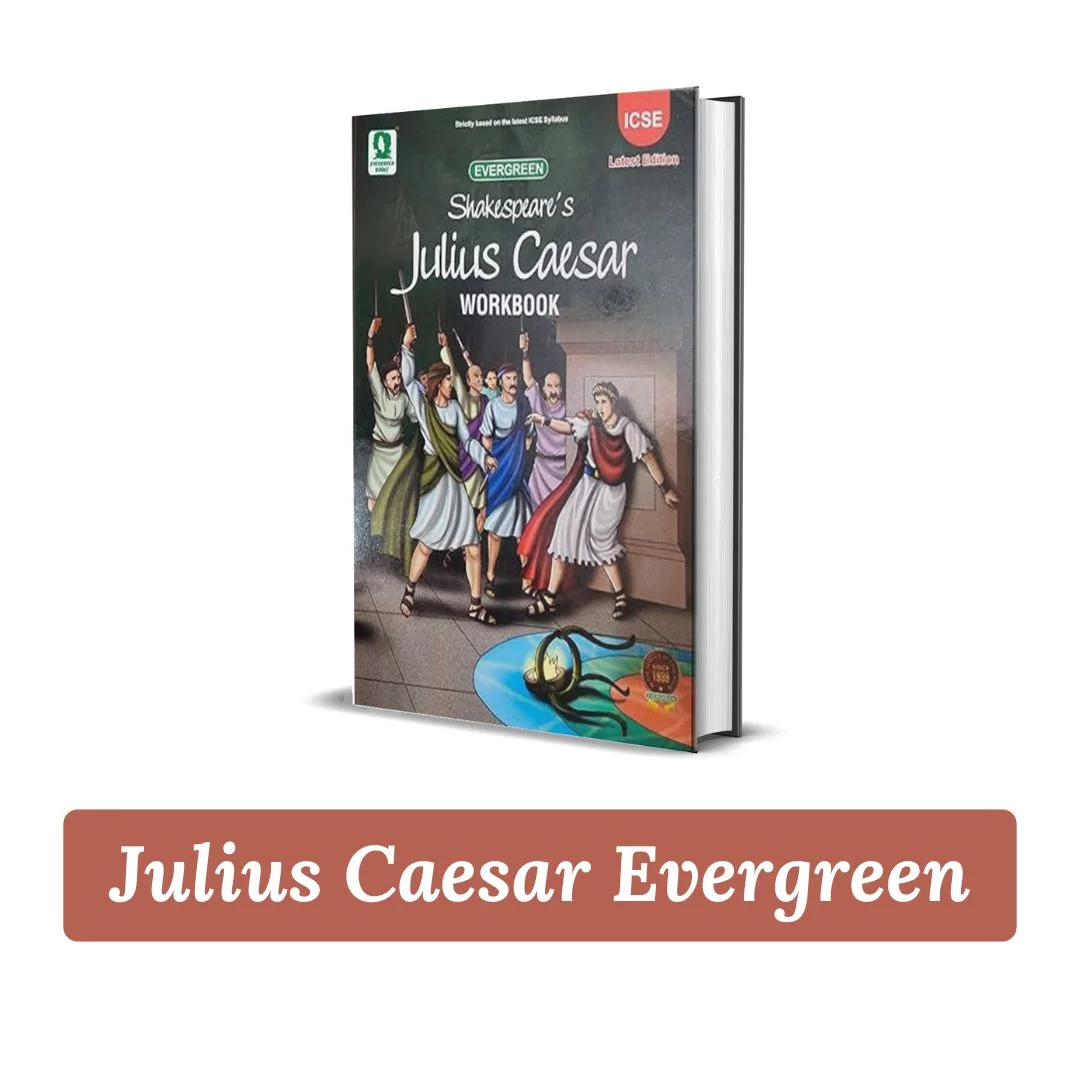
Welcome to our blog post dedicated to dissecting Act 5, Scene 2 of William Shakespeare’s timeless masterpiece, Julius Caesar. As avid learners and educators, we understand the importance of grasping the nuances of Shakespearean literature, and that’s why we’ve curated this comprehensive guide specifically tailored to the ICSE curriculum.
In this blog, we’ll delve into the depths of Act 5, Scene 2, utilizing the meticulously crafted workbook provided by Morning Star publishers. Our aim is to not only provide you with multiple-choice questions (MCQs) and long-form answers but also to empower you with a deeper understanding of the themes, characters, and language intricacies within this iconic play.
It’s important to note that while we offer structured responses based on the workbook, we encourage students to use this resource as a foundation for their own exploration. Shakespeare’s works are renowned for their richness and versatility, allowing ample room for interpretation and analysis. Therefore, feel free to adapt and modify our insights to suit your individual learning style and requirements.
So, whether you’re a student looking to ace your exams or a literature enthusiast eager to unravel the mysteries of Julius Caesar, join us on this enlightening journey through Act 5, Scene 2. Let’s embark on an adventure where words transcend time, and the legacy of Shakespeare continues to captivate minds across generations.
( Updated For ICSE 2026 Session )
Table of Contents
Workbook Summary :
Workbook MCQs :
1. Which characteristic trait of Brutus is seen in this scene?
(a) Impulsive
(b) Calm
(c) Rational
(d) Patriotic
Answer :- (c) Rational
2. What message does Brutus give to Messale for Cassius?
(a) Wait for him at Sardis
(b) Attack the enemy
(c) Send money to him
(d) All of the above
Answer :- For Full Answers Get The Workbook Answers PDF – View
3. Which error does Brutus make in this scene?
(a) He misinterprets his army’s message
(b) He misinterprets his army’s strength
(c) He order an attack on Octavius’ army too early
(d) None of the above.
Answer :- (c) He orders an attack on Octavius’ army too early
4. What is referred to by the term “legions” in this scene?
(a) Areas
(b) Troops
(c) Boundaries
(d) Battlefield
Answer :- For Full Answers Get The Workbook Answers PDF – View
Workbook Questions :
Question No: 1
Brutus
Ride, ride, Messala, ride, and give these bills
Unto the legions on the other side. [Loud alarum]
Let them set on at once, for I perceive
But cold demeanour in Octavius’ wing,
And sudden push gives them the overthrow.
Ride, ride, Messala: let them all come down.
(i) Where does this scene take place? What is meant by “these bills”? What is referred to as “the legions on the other side”?
Answer :- This scene takes place on the battlefield at Philippi, where the forces of Brutus and Cassius are preparing for battle against Octavius and Antony. “These bills” refer to written orders or instructions that Brutus wants Messala to deliver. “The legions on the other side” refers to the troops led by Cassius, who are stationed on the opposite side of the battlefield. Brutus is coordinating with Cassius to ensure a unified attack against their enemies.
(iI) What instructions does Brutus give? To whom are these instructions to be given?
Answer :- Brutus instructs Messala to deliver written orders to Cassius’s legions, urging them to attack Octavius’s forces immediately. He believes that a swift and sudden assault will catch Octavius’s army off guard and lead to their defeat. These instructions are meant for Cassius and his troops, who are positioned on the other side of the battlefield. Brutus’s urgency reflects his strategic thinking and desire to seize the advantage in the battle.
(iII) Brutus hopes to have advantage at this juncture. What indications has be perceived in this regard?
Answer :- Brutus has noticed a “cold demeanour” in Octavius’s wing, meaning that their forces appear unprepared or lacking in enthusiasm. He believes that a sudden and aggressive attack will overwhelm Octavius’s army and lead to their downfall. This observation gives Brutus confidence that they can gain the upper hand if they act quickly and decisively. His perception of the enemy’s weakness fuels his determination to strike at the right moment.
(iV) What warning did Octavius give to Brutus the previous night? How was the warning taken?
answer:- The previous night, Octavius warned Brutus that he would not sheathe his sword until Caesar’s death was avenged or until another Caesar was killed by the traitors. Brutus dismissed this warning, denying that he had the hands of a traitor and asserting his belief in the righteousness of his cause. This exchange highlights the deep animosity between the two sides and Brutus’s refusal to accept Octavius’s threats as legitimate.
(v) What changes do you notice in the character of Brutus in this scene?
Answer:- In this scene, Brutus appears more confident and decisive compared to earlier moments in the play. He takes charge of the situation, issuing clear instructions to Messala and demonstrating a strong sense of leadership. His observation of Octavius’s “cold demeanour” shows his strategic thinking and ability to assess the battlefield. This newfound confidence reflects his determination to secure victory and his belief in the righteousness of their cause, even as the stakes grow higher.




